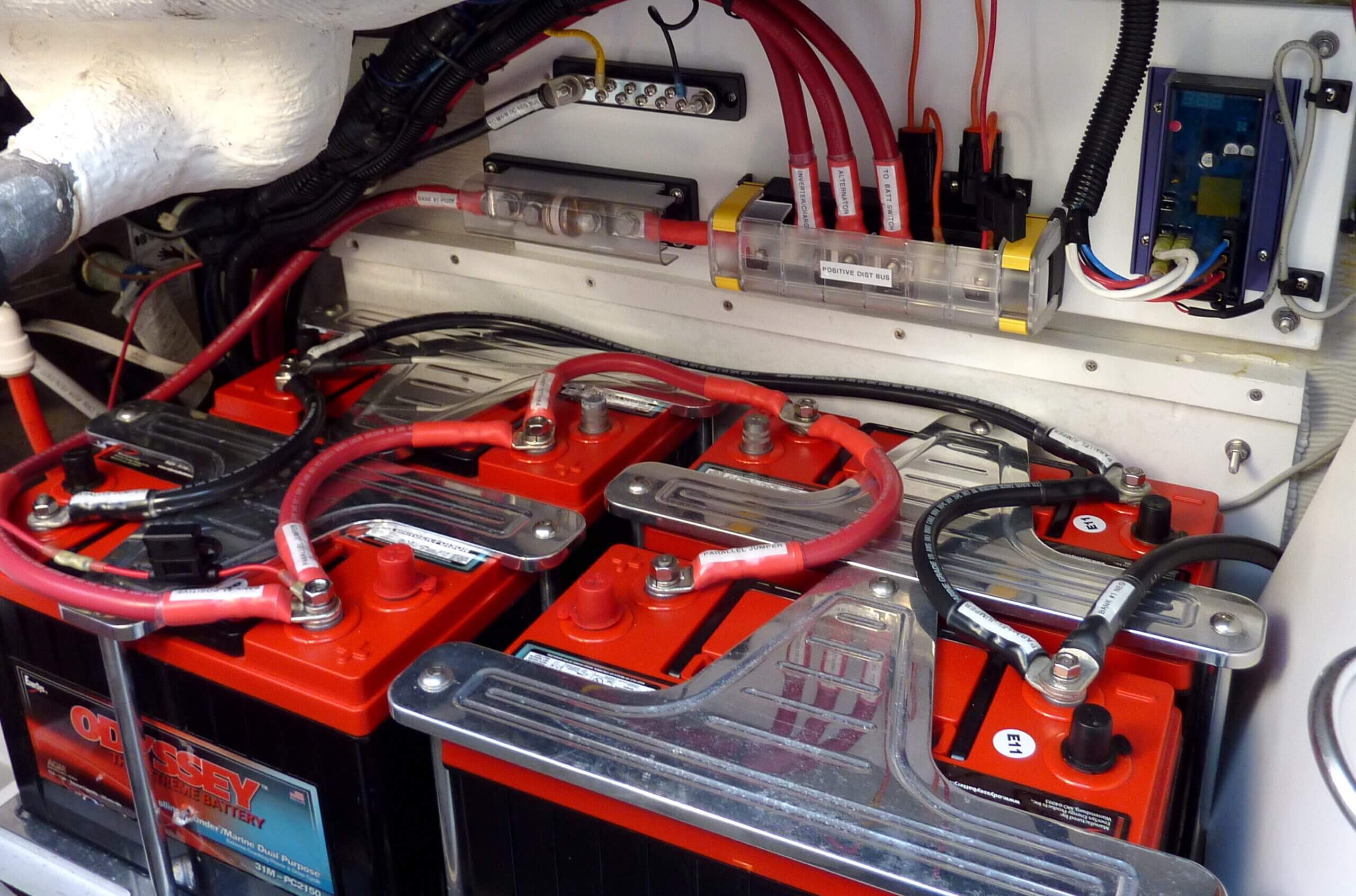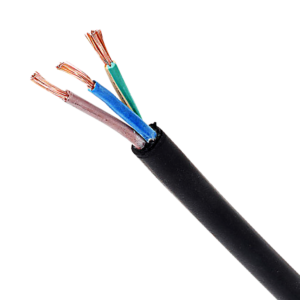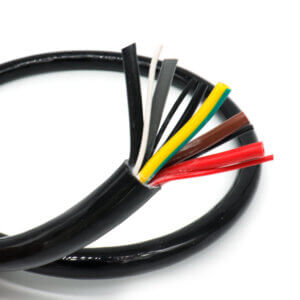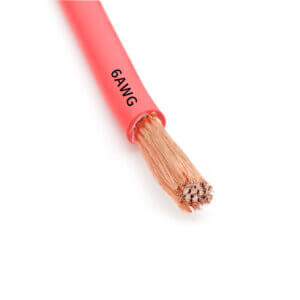What Type of Battery Cable Should I Use
Battery systems are now being used more and more in various electrical systems, such as off-grid photovoltaics, boats, RV, automotive, electric vehicles, and many more battery systems.
“Which type of cable should I choose? “This is one of the questions I am often asked.
Now I’m going to show you how to choose the correct battery cable for your battery system.
Types of Battery Cables
Common battery cables fall into the following categories:
SGT PVC Sheathed Battery Cables
SGT PVC sheathed battery cable is the most economical cable and can be used in most battery systems. Like 12v 24v 48v lithium battery Lifepo4 battery in solar system automotive.
- The temperature range is -30°C to 75°C.
- The bending radius is 12xØ.
STX XLPE Sheathed Battery Cables
STX XLPE sheathed battery cables are flame retardant and resistant to acids, lyes, gasoline, and diesel. It is suitable for automotive and marine battery system scenarios where the space is narrow and the flexibility of the cable is highly required.
- The application temperature range is -40℃~125℃.
- The bending radius is 4xØ.
SGX XLPO Sheathed Battery Cables
SGX XLPO sheathed battery cables have excellent anti-aging and mechanical properties. They are also resistant to acids, alkalis, gasoline, and diesel. It is suitable for critical battery connection system in harsh environments.
- The application temperature range is -40℃~125℃.
- The bending radius is 5xØ.
Silicone Rubber Sheathed Battery Cables
Silicone rubber sheathed battery cable with excellent high-temperature resistance and flexibility. Ideally suited for battery connections in energy storage systems. Also, this cable can be used for connections between batteries and converter boxes.
- The application temperature range is -40℃~200℃.
- The bending radius is 4xØ.
Welding Battery Cable
This type of rubber-sheathed battery cable is relatively low-cost and is also used for welding. It is reasonably flexible and oil-resistant but is usually not flame retardant.
- The temperature range is from -25°C to 85°C.
- The bending radius is 7xØ.
Summary
For battery systems:
- If you have a limited budget: You can choose SGT or Welding battery cable. SGT has the characteristics of flame retardant, while on the other hand Welding battery cable is not flame retardant but has better flexibility.
- If the cable is to be used in a battery system in a confined space, for example, an RV: Silicone rubber, or STX material battery cable is a good choice. Both cables have good resistance to high temperatures and are flexible.
- If the cables are to be used in harsh environments such as electric boats or electric vehicles: SGX XLPO material battery cables are the right choice. These cables have excellent mechanical properties and are resistant to aging. They can be expected to have a good service life.
Battery Cables Comparison Chart
| Cable Type | Sheath Material | Temperature Range | Bending Radius | Key Features | Recommended Use |
|---|---|---|---|---|---|
| SGT PVC Sheathed Battery Cable | PVC | -30°C to 75°C | 12x Ø | Economical, general use | Most battery systems |
| STX XLPE Sheathed Battery Cable | XLPE | -40°C to 125°C | 4x Ø | Flame retardant, resistant to acids, lyes, gasoline, and diesel | Automotive and marine systems in confined spaces |
| SGX XLPO Sheathed Battery Cable | XLPO | -40°C to 125°C | 5x Ø | Excellent anti-aging and mechanical properties | Critical battery connections in harsh environments |
| Silicone Rubber Sheathed Cable | Silicone Rubber | -40°C to 200°C | 4x Ø | High temperature resistance, excellent flexibility | Energy storage systems, connections between batteries and converter boxes |
| Welding Battery Cable | Rubber | -25°C to 85°C | 7x Ø | Low cost, reasonable flexibility, oil resistant | Welding applications, limited flexibility but non-flame retardant |
Didn’t find the battery solution you were looking for?
Why not try looking for the experts at KMCABLE? Click here




